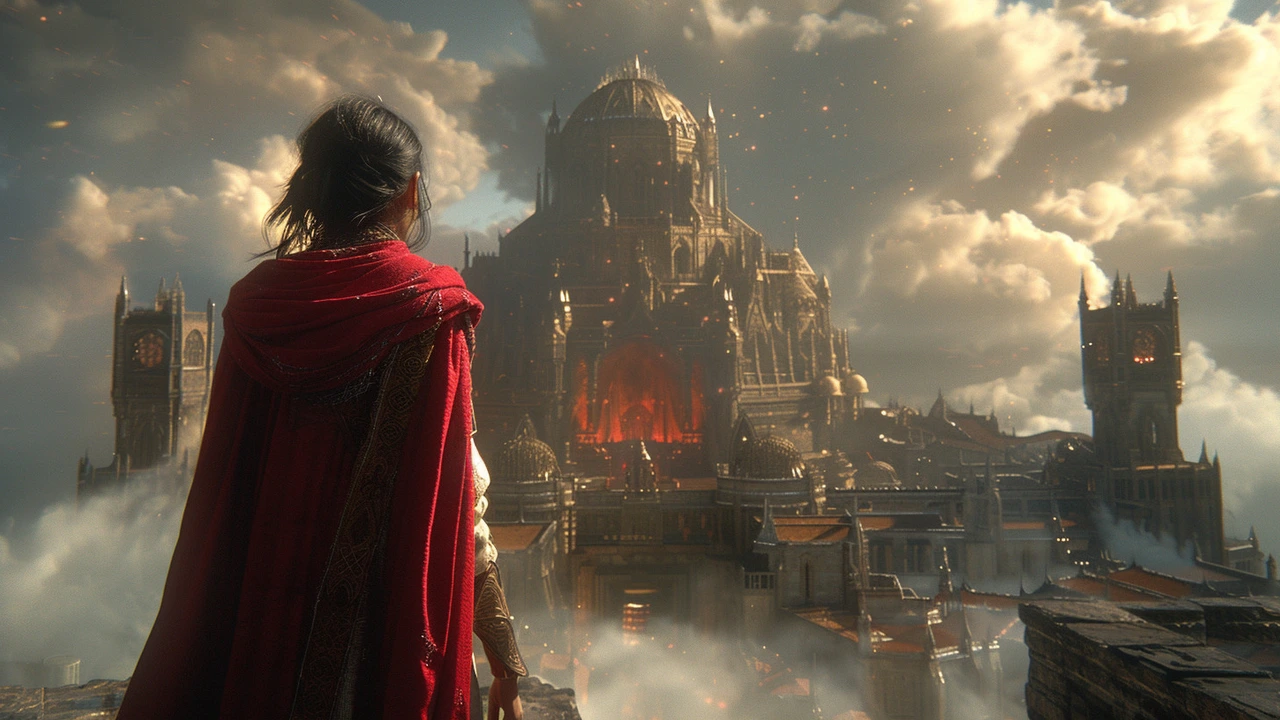Middle Ages: How to Read Medieval Architecture and Art
Want to recognize a medieval building at a glance? Start with the basics: form, light, and structure. Medieval architecture didn’t follow one rule—different regions and eras built very different things. Still, a few clear cues help you tell Romanesque, Gothic, and Byzantine work apart fast.
Key medieval styles and what to look for
Romanesque (roughly 10th–12th centuries) looks heavy and solid. You’ll see thick stone walls, small round-arched windows, and rounded arches inside. Vaults are often barrel-shaped and interiors feel dim. Think of early cathedral prototypes and fortress-like parish churches — they aim for strength and shelter.
Gothic (from about the 12th century) went the opposite way: taller, lighter, and more decorative. Look for pointed arches, ribbed vaults, and flying buttresses that push weight outward so walls can be thinner and filled with big stained-glass windows. Gothic spaces feel vertical and bright; cathedrals like Chartres or Notre-Dame (original Gothic) show this clearly.
Byzantine (centered in the Eastern Roman Empire, 4th–15th centuries) focuses on domes, mosaics, and rich color. Interiors often glow with gold mosaics and icon images. Exteriors can be simpler, but the dome silhouette and mosaic decoration inside are dead giveaways — Hagia Sophia is the classic example.
Practical tips for visiting and spotting details
When you visit a church or old town, start outside and work in. Notice door shapes, rooflines, and buttresses first. Then step inside: where does the light come from? Big colored windows point to Gothic; small, high windows suggest Romanesque. Find mosaics or a central dome and you’re likely in Byzantine territory.
Take photos of structural joins and vault ribs — they reveal how the building carries weight. If you like textures, touch a stone column (where allowed) to feel the tooling marks and later repairs; they tell a construction story. Visit early in the morning or late afternoon for soft light that shows relief and carving without glare.
Want modern hooks? Revival movements borrowed these looks: Gothic Revival copies pointed arches and ornament; Byzantine revival reuses domes and mosaics. Spotting revival pieces is a useful skill — check construction dates, materials, and cleaner, machine-made details to tell originals from 19th-century copies.
If you care about conservation, look for repair patches, new mortar lines, and added supports. Those are signs people are working to keep the place standing. Preservation is often a mix of old materials and new tech, and spotting the differences makes visits more interesting.
Curious where to start on a trip? Pick one city and follow a theme: a Romanesque route (small town churches), a Gothic trail (major cathedrals), or a Byzantine tour (Eastern Mediterranean sites). That focus turns random sightseeing into a clear learning path and makes details stick.
Medieval art and architecture can look mysterious, but once you know the main shapes and materials, you’ll read buildings like books. Spot a rounded arch, a flying buttress, or a golden mosaic — and you’ll know which chapter of the Middle Ages you’re standing in.

Gothic Architecture: The Artistic Language of the Middle Ages
Oh, sweethearts, let's go on a time machine ride back to the Middle Ages, where the art of Gothic Architecture was born! Imagine this: towering spires, flying buttresses, and ribbed vaults - it's the architectural equivalent of a dramatic Shakespeare play! This style came to life during the Middle Ages, and let me tell you, it was the talk of the town (or should I say, castle?)! It was a way for architects to express themselves, like a diary written in stone! So, buckle up my lovelies, Gothic Architecture is not just arches and pillars, it's a love letter to artistic expression in the time of knights and castles!
Read more